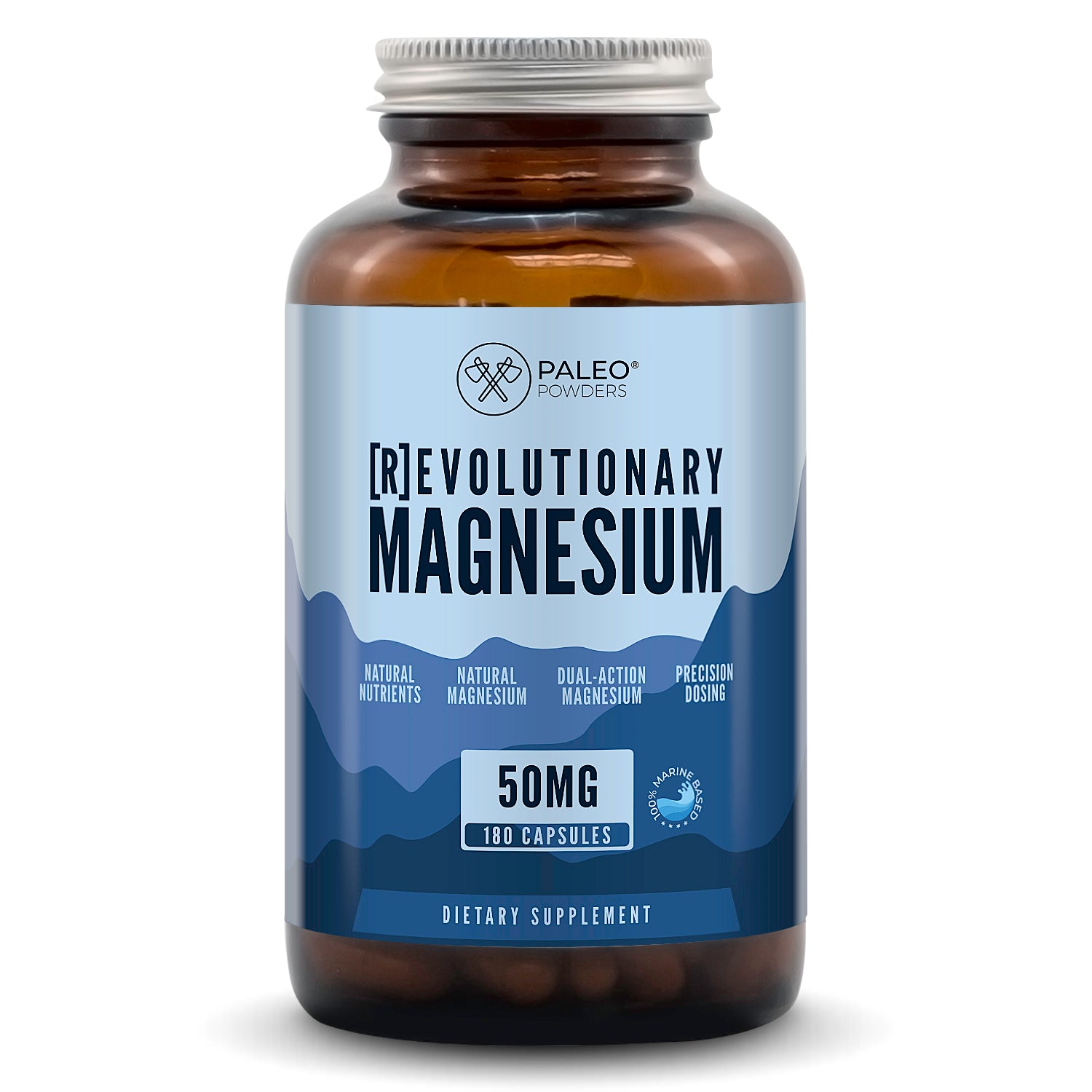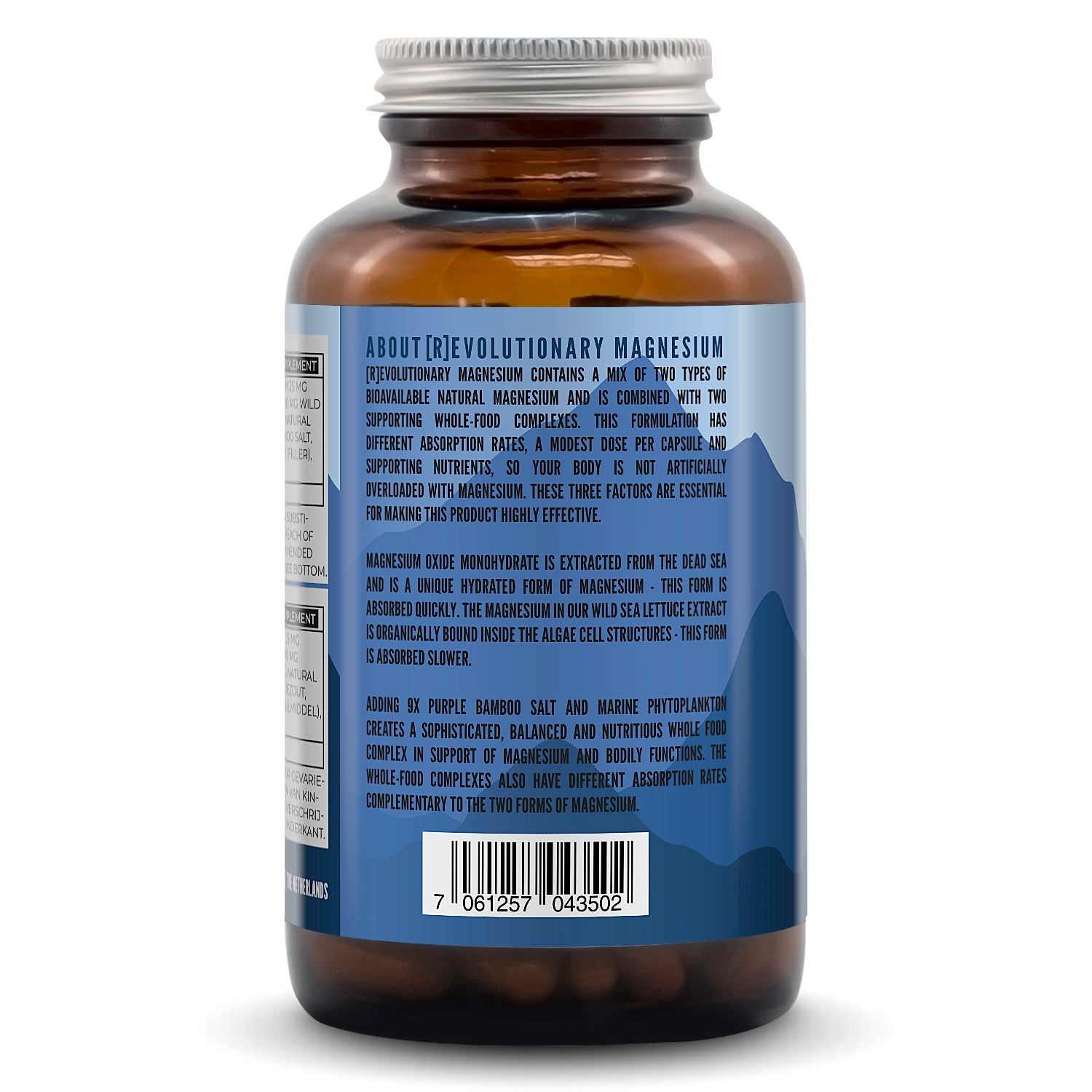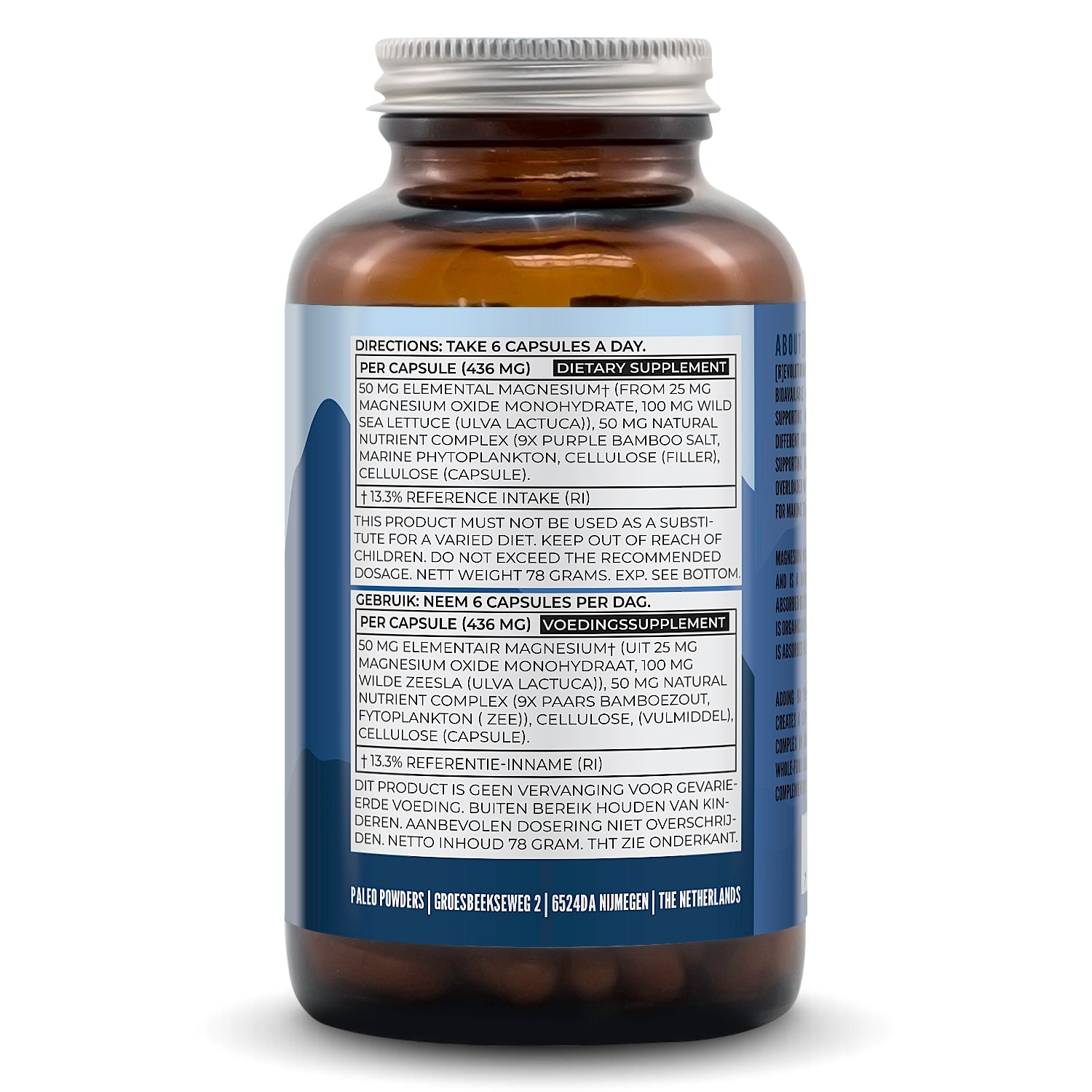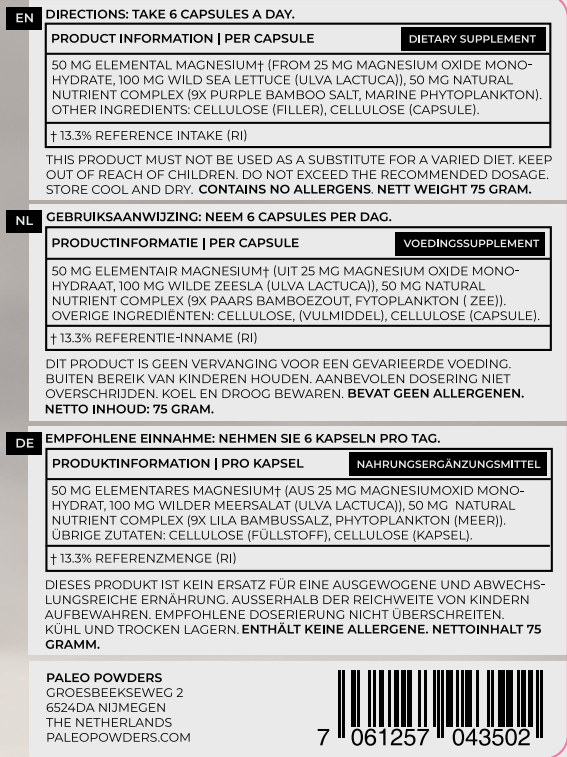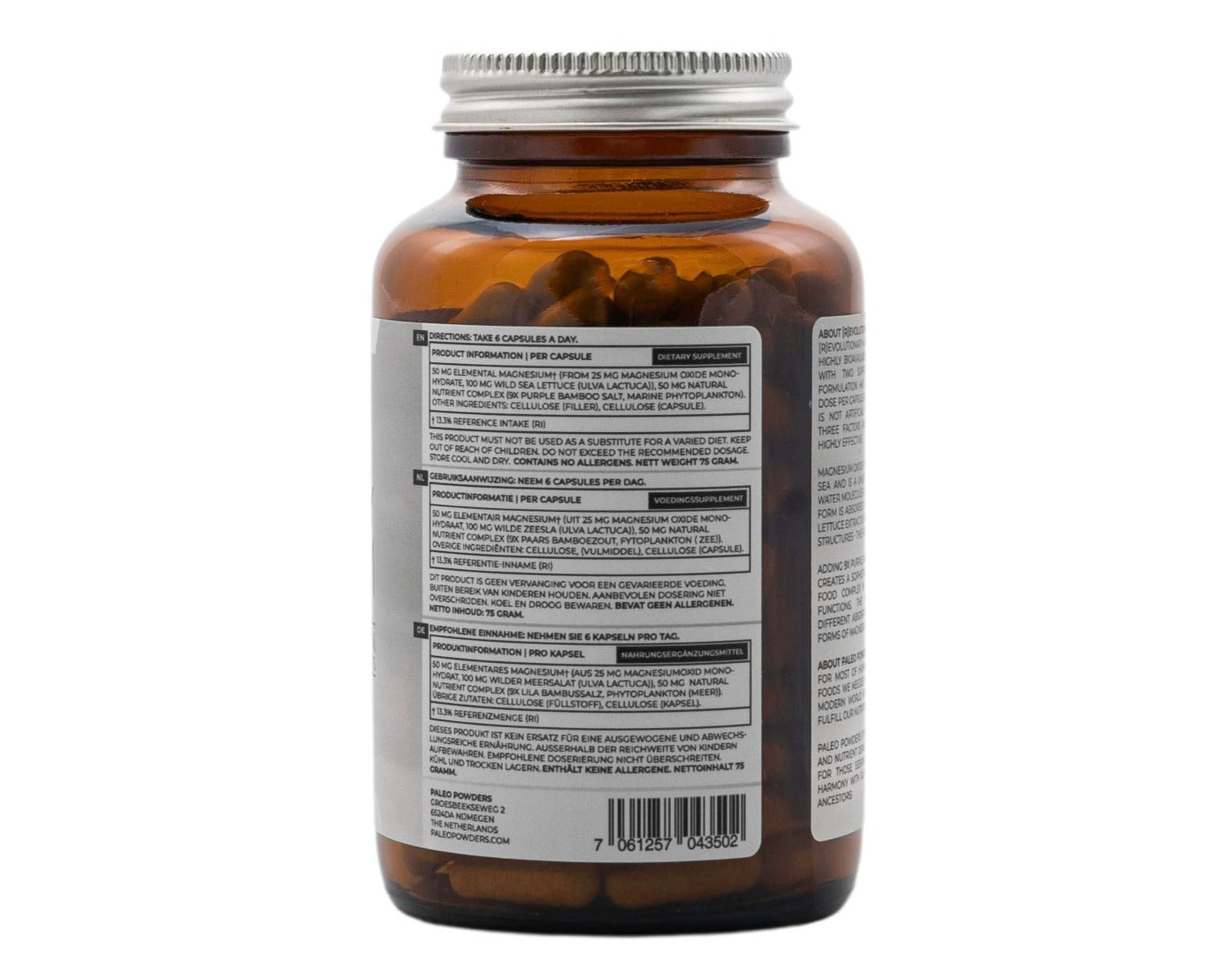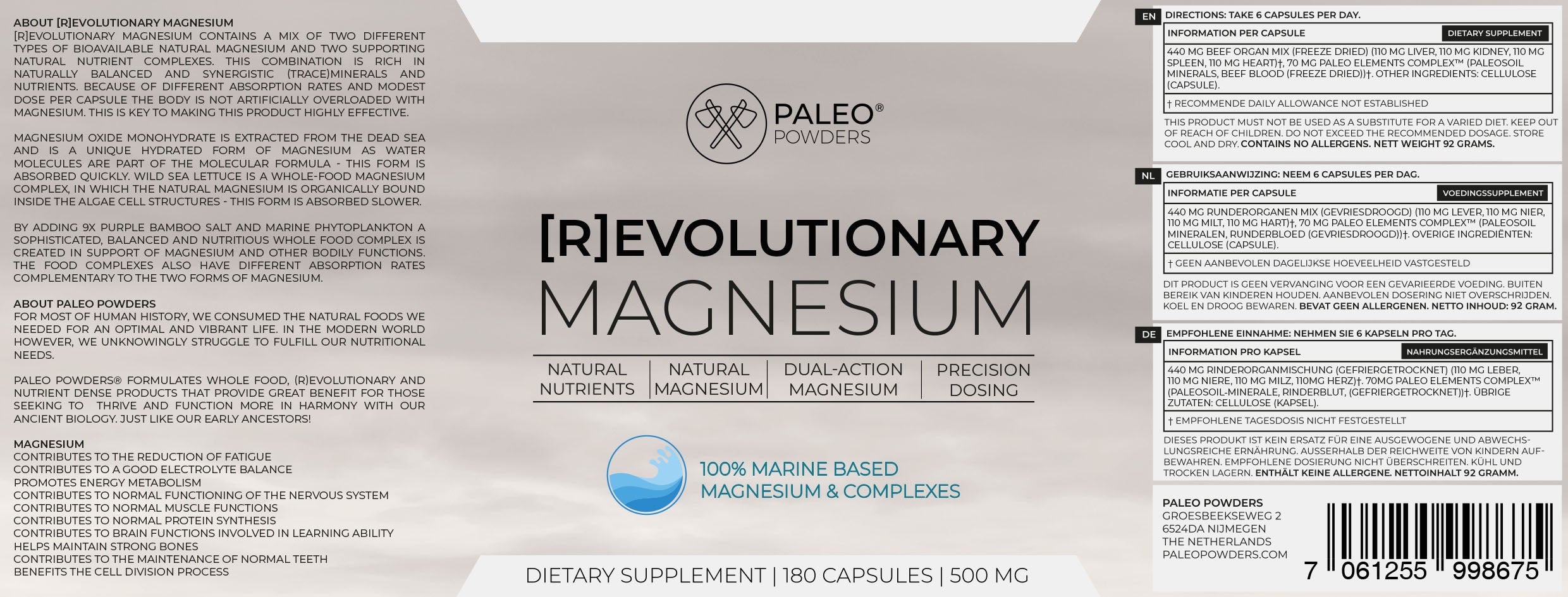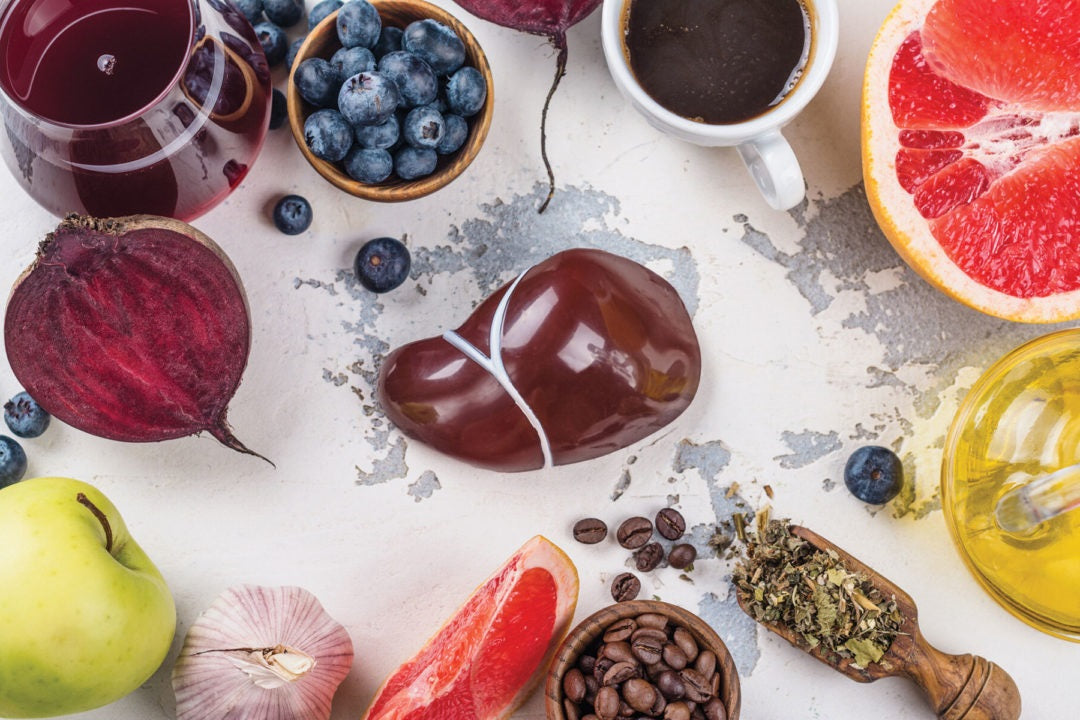The power of fermentation: from storage trick to health trend
For thousands of years fermentation has been a magical interaction between human and microbe. Long before refrigerators or preservatives existed, people discovered that with some salt, time, and patience they could make food not only last longer but also taste better.
Welcome to the prehistoric kitchen
Fermentation belongs to the oldest food techniques of humanity—older even than agriculture or pottery. Already in prehistory, about 10,000 years ago, people used natural fermentation to preserve food and deepen flavors, often without precisely understanding what was happening. Archaeologists have found traces of fermented drink in earthenware jars from China (around 7000 BCE), made of rice, honey, and fruits—probably an early form of beer or wine. Also in the Middle East and in the Caucasus region, remains of fermented milk and grains have been found, suggesting that people were already experimenting with dairy and grain fermentation.
Fermentation was probably not a deliberate invention but a fortunate coincidence: fruit that fermented spontaneously, milk that soured, or fish that began to ferment in salt. Once people discovered the advantages—longer shelf life, higher nutritional value, and complex flavors—fermentation became an essential part of their survival. In a sense, humanity was already a master of fermentation long before becoming farmer or cook.
The world of fermentation
In ancient Egypt, bread dough was allowed to rise spontaneously until it became airy. In China, more than 2000 years ago, soybeans were fermented into soy sauce and miso. The Romans made garum, a pungent fish sauce they poured over everything—the ketchup of antiquity. And in the cold regions of Europe, cabbage was fermented in jars into sauerkraut, a vitamin-rich food that later protected sailors from scurvy.
Anthropologists are also fascinated by how widespread and culturally important fermentation is. In Africa, communities have for generations made injera from fermented teff, a spongy pancake eaten with every meal. In South America, people drink chicha, a lightly fermented corn beverage often shared during festivals and rituals. In Japan, natto—sticky soybeans with a strong smell—ripens as a breakfast classic. And in Scandinavia, herring is fermented into surströmming—not for everyone, but a cultural icon. Every people has its own fermentation story, shaped by climate, ingredients, and tradition.
Dutch tradition
Fermentation in the Netherlands also has a surprisingly rich past, closely connected with climate, agriculture, and trade. For centuries, fermentation was mainly a necessity: a practical way to preserve food in a cool, damp country with long winters. Through the production of acids and alcohol, an environment arises in which spoilage organisms thrive less easily.
Farmers and households made sauerkraut as a vitamin source during the dark months, while milk was turned into cheese—a product that was not only long-lasting but also became a trade symbol. In fishing villages, herring was salted and lightly fermented into the beloved “Hollandse Nieuwe,” a tradition still celebrated today with Flag Day. Bread, beer, and vinegar also have deeply rooted fermentation histories; monasteries and city breweries perfected their yeasts in the Middle Ages, laying the foundation for the Netherlands as a beer country. During the colonial era, new fermented products such as coffee, cocoa, and soy sauce arrived, expanding the Dutch flavor world.
The versatility of fermentation
Today fermentation is experiencing a revival among artisans and home cooks—from homemade kefir and kombucha to modern takes on old classics such as cheese and sauerkraut. Kimchi and tempeh are also appearing in more kitchens. This renewed interest reflects not only a search for authenticity and flavor but also a rediscovery of the slow, living processes that were once natural in Dutch food culture.
Fermented products are not only exciting in taste but also beneficial for the intestines and immunity. By fermenting yourself—a jar of sauerkraut, a bottle of kombucha, or homemade yogurt—you join a centuries-old human tradition of experimenting, tasting, and sharing. So get some glass jars, give nature time, and taste history on your plate.
Vegetables and plant-based
Kimchi – Korean spicy fermented cabbage, now often with a local twist (for example with beetroot or Brussels sprouts).
Fermented carrots, cauliflower or radish – available from artisanal fermentation companies such as OerFerment or Fermento.
Miso – Japanese paste made from fermented soybeans, but also Dutch versions with barley, chickpeas, or lupine.
Tempeh – originally Indonesian, made from fermented soybeans or other legumes.
Natto – fermented soybeans with a strong odor and sticky texture; available at Japanese specialty stores.
Dairy and beverages
Kefir – fermented milk drink with live cultures, also in plant-based variants.
Ayran or lassi – fermented yogurt drinks from Turkish and Indian traditions.
Kombucha – lightly sparkling fermented tea, in many Dutch brands.
Buttermilk from raw milk – traditionally fermented version, available at farm shops.
Bread, sauces and other surprises
Sourdough bread – artisan bread based on natural fermentation.
Fermented butter – made from cultured cream, with a slightly tangy flavor.
Soy sauce and tamari – Dutch-made, using European soybeans.
Fermented chilies and sauces – spicy condiments such as fermented hot sauce or lactic-fermented sambal.
Kvass – a lightly alcoholic fermented drink made from bread, popular in Eastern Europe.
Fermenting yourself
Home fermentation is surprisingly simple and mainly requires time, patience, and a bit of courage. The basic principle is simple: you create an environment where “good” bacteria and yeasts can grow while “bad” ones have no chance. For vegetable ferments, you usually need only fresh vegetables, salt, and a clean jar. Slice white cabbage finely, knead in salt until the liquid is released, press it firmly into a glass jar and ensure everything stays submerged – after a few days it begins to bubble on its own.
For drinks like kombucha, you use tea, sugar, and a SCOBY (a symbiotic culture of bacteria and yeasts), while yogurt or kefir are made with milk and specific fermentation cultures. The key rules: work cleanly, minimize oxygen, and taste regularly to learn what happens. After a few days to weeks, something unique emerges – living food that changes with the seasons, the temperature, and your own taste.
Scientific insights
Fermentation changes the nutritional profile of foods on several levels. It can reduce antinutrients such as phytic acid, making minerals more accessible. Fermented dairy can produce bioactive peptides that influence physiological processes. Studies on kimchi and sauerkraut show that consumption is associated with greater microbial diversity in the gut. Clinical research links probiotic yogurt to changes in immune markers. In soy products such as miso and natto, antioxidant and anti-inflammatory compounds have been identified.
Not every fermented product still contains live microorganisms. Pasteurized versions usually lose their active strains, but the remaining metabolites—sometimes called “postbiotics”—can still be beneficial. Read labels carefully: terms like “live cultures” or “raw” give more certainty about active microbes.
Practical tips for beginners
Start with small amounts: Begin with small portions, such as one tablespoon of sauerkraut or half a glass of kefir per day. Build up slowly so your digestion can adjust. Mild gas or rumbling is normal at first.
Embrace diversity: Alternate between different types of fermented foods. Vary between dairy, vegetables, drinks, and soy products. Combine them with fiber-rich foods for a healthy microbiome.
Watch product quality: Check labels for “live cultures.” Avoid heavily pasteurized or vinegar-based versions. Choose refrigerated products to


